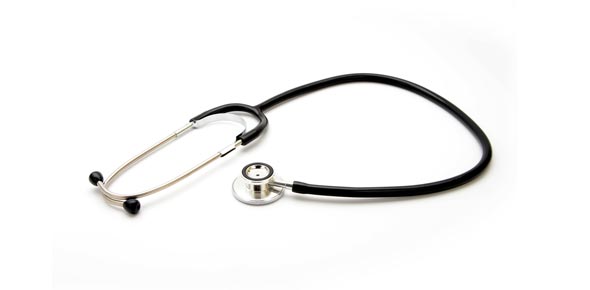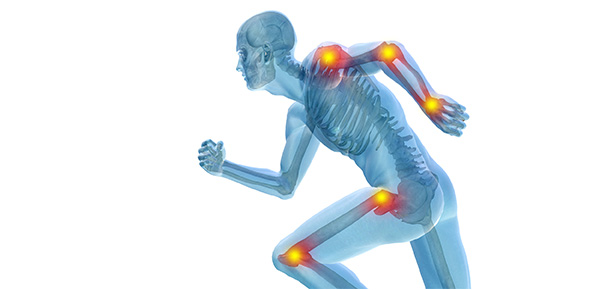Related Flashcards
Related Topics
Cards In This Set
| Front | Back |
|
Key Individulas
|
Hippocrates- Discovered the 4 humour theory.
Clinical Obseration-( Talk and record and observe, diagnosis and prognosis). Hippocartic oath- confidentiality, protect. Hippocratic collection. |
|
Galen- theory of opposites.
Dissected pigs and apes. |
Andreas versaillus-· Born in Brussels in 1514 and studied medicine in Brussels and Italy, where he used artists drawing of dissections and published them in ‘Fabric of Human Body’.
His work was widely circulated due to the invention of printing. Challenged the ideas of Galen, e.g. over human jaw bone |
|
Ambroise Pare- went to war and ran out of oil stopping cauterisation then he begins using thin threads that tie up arteries which are ligurtures.
Technology helped because be is able to use the printing press to publish findings and to spread information. Art helped him because he was able to draw accurate interpretations of his work. He was an individula genius and so he was determined to his wprk and he was motivated in dissection. Education helped becuase at the time the church became less dominant which allowed Versailuus to go to university. |
William Harvey- found out about the circulation of the blood and worked that the heart acted as a pump and challenged Galen's ideas.
|
|
Edward jenner- found a vacination for small pox from cow pox.
Jenner inserted pus taken from a cowpox pustule and inserted it into an incision on the boy's arm. He was testing his theory, drawn from the folklore of the countryside, that milkmaids who suffered the mild disease of cowpox never contracted smallpox, one of the greatest killers of the period, particularly among children. Jenner subsequently proved that having been inoculated with cowpox Phipps was immune to smallpox. |
Elizabeth Garett was the first woman in Britain to be become a doctor.
|
|
Florence Nightingale-was a waelthy woman who beleieved that gos wanted her to be a nurse which was unusual and worked in the Crimeria.
|
Mary Seacole- BlacK Woman who was dedicated in looking after the soliders.
|
|
Louis Pasteur - used joseph lister's telescope to find out about germs in 1961.
|
Robert Koch-identifies germs used many differnt ways.
|
|
Ignaz semewellis
|
· Hungarian doctor born in 1818 who worked in Austria
· Insisted that doctors washed their hands after dissections to reduce cross-contamination with patients Called doctors who didn’t wash their hands ‘murderers’ |
|
Joseph lister- created the cabolic spray after this highly toxic spray was sprayed on bins he diluted it and tries to find an antisepyic.
|
Joh snow-· In 1854 he made the connection between outbreaks of cholera and infected water supply
· Based his work on meticulous studies of Broad Street, London Conducted house-to-house interviews and recorded findings on a map |
|
Alexander Fleming-· Rediscovered the properties of the bacteria penicillin by chance in his laboratory at St Mary’s London in 1928
· Used penicillin to attack staphylococcus, a major cause of blood infections Lacked the facilities to develop large quanitities |
William Beveridge-· Author of ‘Beveridge Report’ in 1942
· Proposed a free national health service NHS eventually introduced in 1948 |






